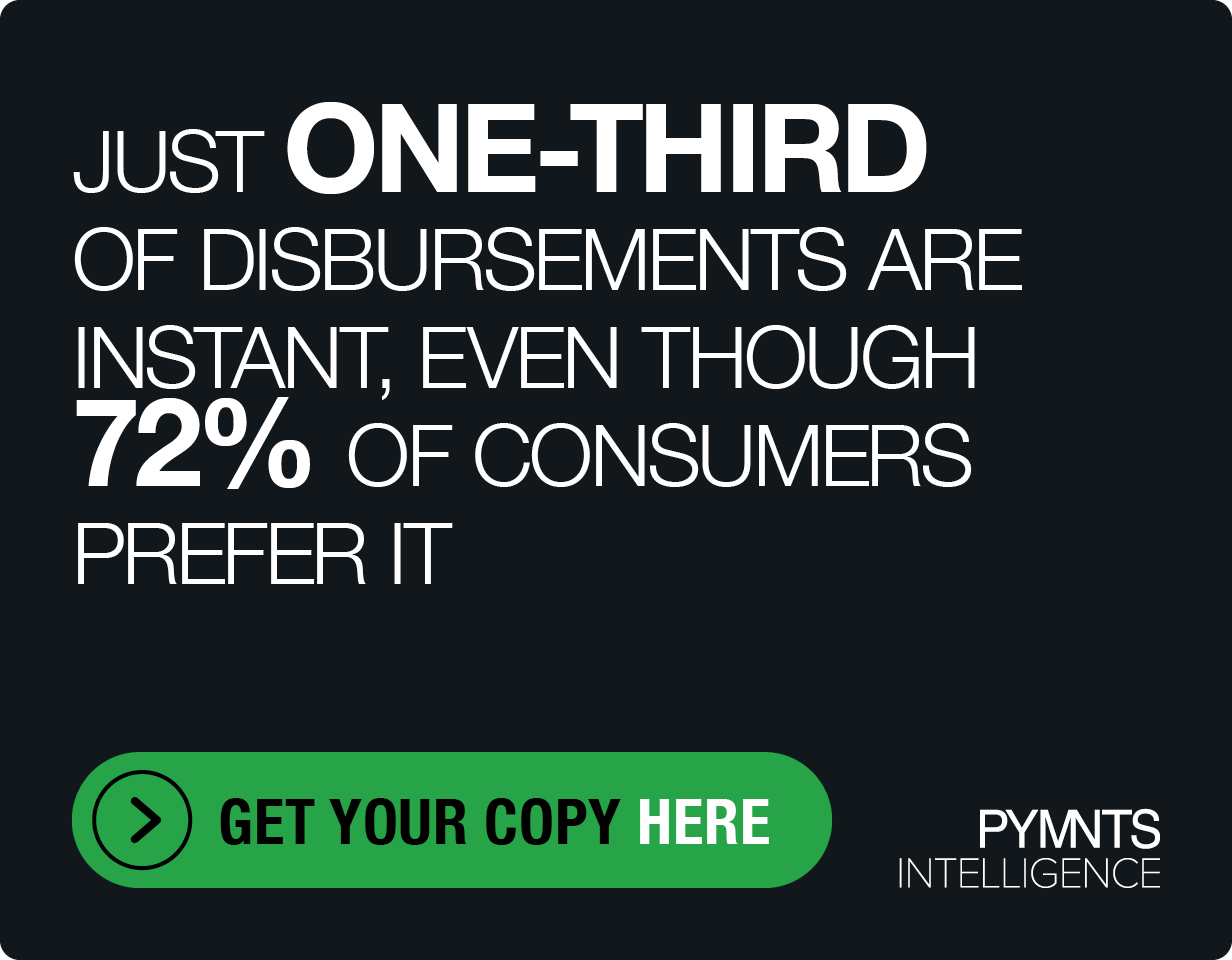Provi CEO: Alcohol Marketplaces Are Master Class in Simplifying Business Payments

New needs and emergent market realities are a driving force behind the evolution of payments.
Nowhere is that truer than across business-to-business (B2B) transactions, where removing legacy frictions along the payments journey is rapidly emerging as a key competitive differentiator.
After all, speed to revenue and speed to cash flow is key to success, and shared efficiency fundamental to building better B2B relationships.
“Payments is the last piece of the pie when it comes to simplifying relationships between [buyers and sellers],” Taylor Katzman, founder and CEO of B2B alcohol marketplace Provi, told PYMNTS.
He added that using technology to streamline the process is crucial to “better connecting businesses using payments,” particularly in the alcohol industry.
Due to prohibition-era laws, each of the 50 U.S. states has their own individual mechanisms and laws about the way alcohol must be bought and paid for.
“Payments is very fragmented in our industry,” Katzman said. “In a market like Georgia, for example, a licensed retailer will have to pay their distributor cash on delivery and that distributor is not allowed to offer [payment] terms to the retailer; whereas in Massachusetts the retailer legally has 60 days to pay their distributor partners.”
That’s why using digital to help simplify the process can pay dividends.
Modern B2B Marketplaces Can Reduce Complexity
PYMNTS research in “The One-Stop Bill Pay Playbook” has found that nearly 2 in 3 firms across industries expect to integrate B2B payment innovations into their operations this year.
“A retailer today can communicate orders to five to 15 different wholesalers on a weekly basis, and managing that payments flow, how it integrates [with their accounting software] and financial systems, it becomes complex,” said Katzman.
Accelerating the ongoing digitization of B2B relationships is the fact that confusing payment interfaces for payors, and missing features for payees, are among the top complaints of B2B transactions.
“There’s a huge need here,” Katzman emphasized, adding that the goal is for sales representatives to not have to “chase down 200 accounts on a weekly basis, making sure they receive their payments.”
PYMNTS has previously reported on how current macroeconomic headwinds have led to more missed collections and skipped-out-on payments, particularly within the B2B space.
Underscoring the importance of effective and efficient B2B payments is that the ways in which organizations get paid, and when those transactions are settled, are increasingly crucial not just to growth today, but also to success tomorrow.
“If we can remove the clerical work and allow [buyers and sellers] to be better connected, that’s the entire goal — to simplify everything,” Katzman said.
Digital Solutions Let Organizations Focus on Growth
Katzman added that absent modern tools, “sales reps are spending sometimes half their day doing data entry where they are on the receiving end of a text message, email, phone call, and have to manually enter in each order through an accounting system.”
The higher cost of credit, historic inflation, rising interest rates and the threat of further economic contractions are sending organizations scrambling for payment management solutions that help them get paid, as well as pay their vendors faster and more seamlessly, while simultaneously giving them back sunk-cost labor hours.
“Our goal is to never disintermediate the relationship between a sales rep and the retailer, but to take care of the data entry and clerical administrative work so that the reps can spend more time increasing sales and making more commission,” Katzman said.
He emphasized that by digitizing the B2B relationship it can give sales reps more information to understand who is clicking and converting on orders, as well as which relationships are must successful — information that is critical to driving growth.
When Chicago-based Provi’s B2B marketplace was piloting its new payment platform, Katzman said, many of the retailers he spoke with were utilizing legacy options like an Excel spreadsheet to manage orders from their dozen-plus different wholesalers which acted as a huge time-sink every week.
The adoption challenge is partially around education and “getting through to our customer base and allowing them to accept payments digitally — which many of them don’t today,” he said.
“We don’t give any new flows, we integrate directly with the way organizations do their business already,” Katzman said. “We just digitize it — and that simplifies it.”
For all PYMNTS B2B coverage, subscribe to the daily B2B Newsletter.

